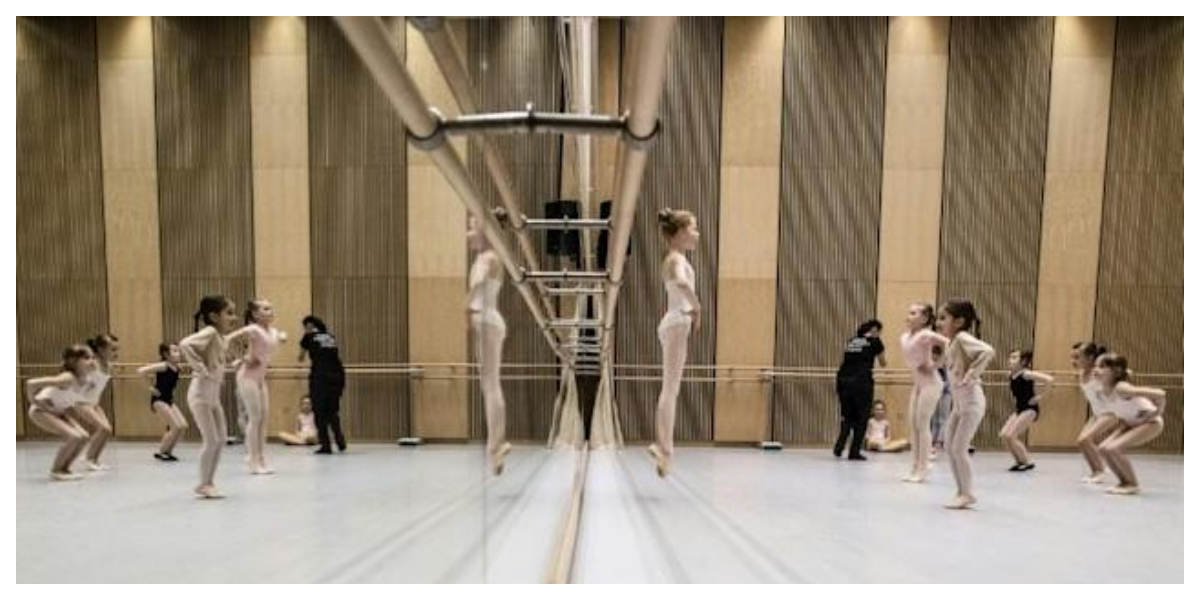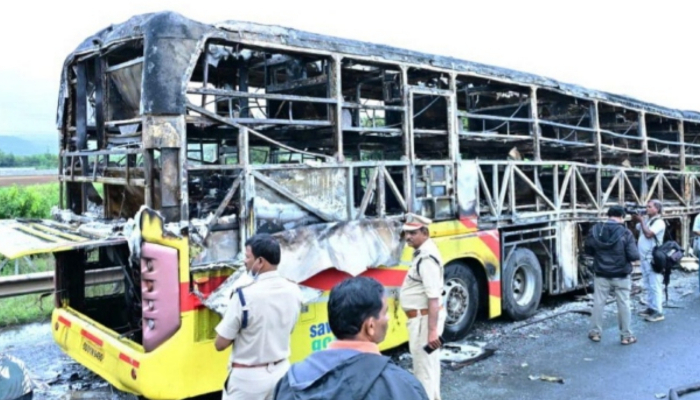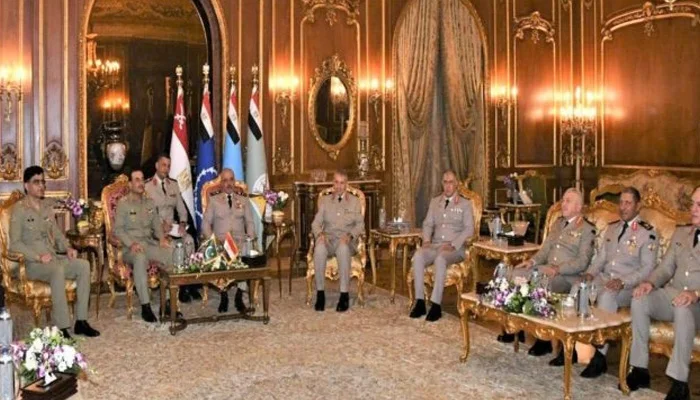Six-year-old Eva swings into a backbend effortlessly, and assesses herself in the large mirror at the end of the dance studio. finally rewarded herself with a satisfied smile.
Two dozen Ukrainian children in the room, including one kid, attempt to do likewise, yet a couple make due, while the rest wind up sitting and watching in amazement.
They all go to a free expressive dance course for Ukrainian evacuee kids, opened by Prague’s National Theater toward the finish of March, a month after Russia started its attack of Ukraine.
“My daughter and I went to see the Sleeping Beauty ballet at the state opera… We jumped at the opportunity!” said Eva’s mother, Yuliya Petronchak.
She and Eva left the western Ukrainian city of Lviv for Prague on the first day of the invasion to escape “the constant air alarms”, while Eva’s father stayed at home.
More than 4.5 million refugees have left Ukraine since the invasion started on February 24, and around 300,000 have ended up in the Czech Republic.
Like many children taking part in the course, Eva has experience from home — she went to the State Choreographic School in Lviv for six months before leaving.
“I have already spotted some talents,” said Jana Jodasova, a former dancer at the National Theatre for 20 years who now teaches ballet.
At the beginning of the lesson, she helps the little dancers choose leotards and ballet shoes out of three bags provided by the parents of Czech children attending her regular classes.
She assesses the fit and sometimes sends a dancer back to the changing room with a different leotard.
The properly dressed little ballerinas meanwhile practice pirouettes on their own or test the firmness of the bars on the sides of the dance studio.
Jodasova came up with the idea soon after the Russian invasion started as she watched “the horrors” on TV.
“Russia and Ukraine are the cradle of classical dance, most kids over there go to ballet classes at least for some time,” the energetic 59-year-old told AFP.
“Ballet is one of the things they can’t live without.”
Moments later, she faces a crowd of around a hundred mothers with their children queueing outside the building to register for the free course.
The new role has forced Jodasova to dig up her long-forgotten command of Russian, forced onto Czechs and other nations under Moscow’s communist realm until 1989.
“I communicate with the children using my arms and legs and very poor Russian. But I feel we can understand each other,” she said.
When she struggles, she turns to eight-year-old Alisa Kolesnikova, who was born to Russian parents in Prague and who attends Jodasova’s regular course for local children.
Alisa, who has attended the ballet school for three years and wants to become a ballerina, relishes the opportunity as she guides the refugee children through the practice.
“I really love to show things to the kids, especially the beginners,” the ginger-haired, blue-eyed dancer told AFP.
One of the youngest children at the refugee course, five-year-old Vasilisa Malakutska, is no beginner either.
“I first took her to a ballet class when she was four and she didn’t feel too well about it, but I think now is the right time,” said her mother Ekaterina Malakutska, a marketing expert from Kyiv.
She is contemplating a ballet career for her daughter, just like Yuliya Petronchak is for little Eva.
“Either a ballerina or a doctor,” university teacher Petronchak told AFP, adding that although Eva was happy at the Prague course, her future was in Ukraine.
“The safety of the child is key. But if there are no alarms in western Ukraine… we hope to return. As soon as possible.”

















